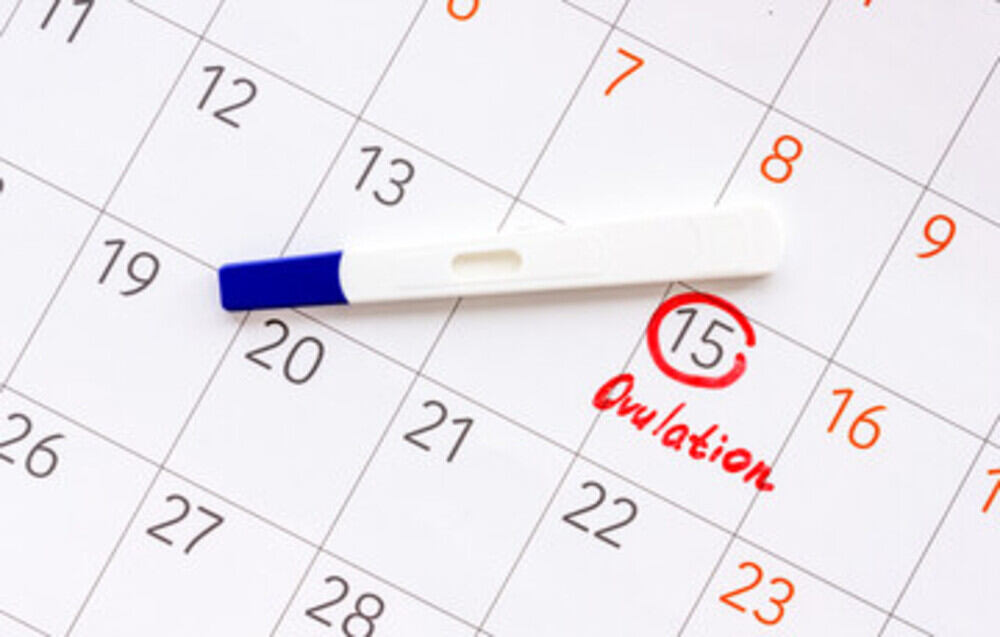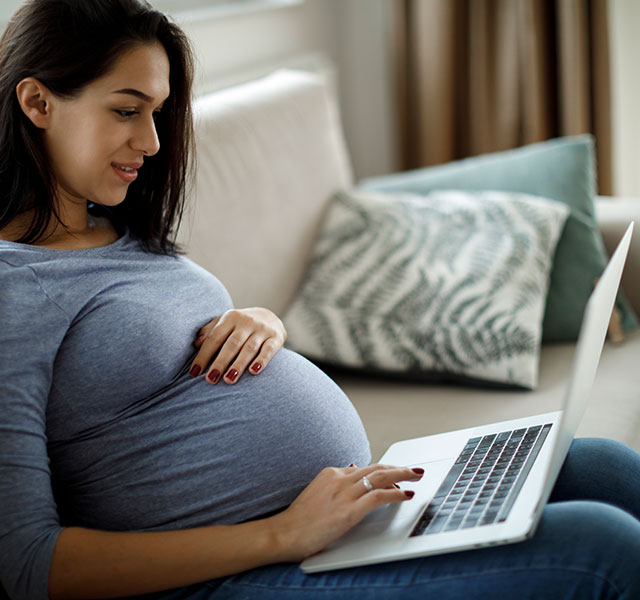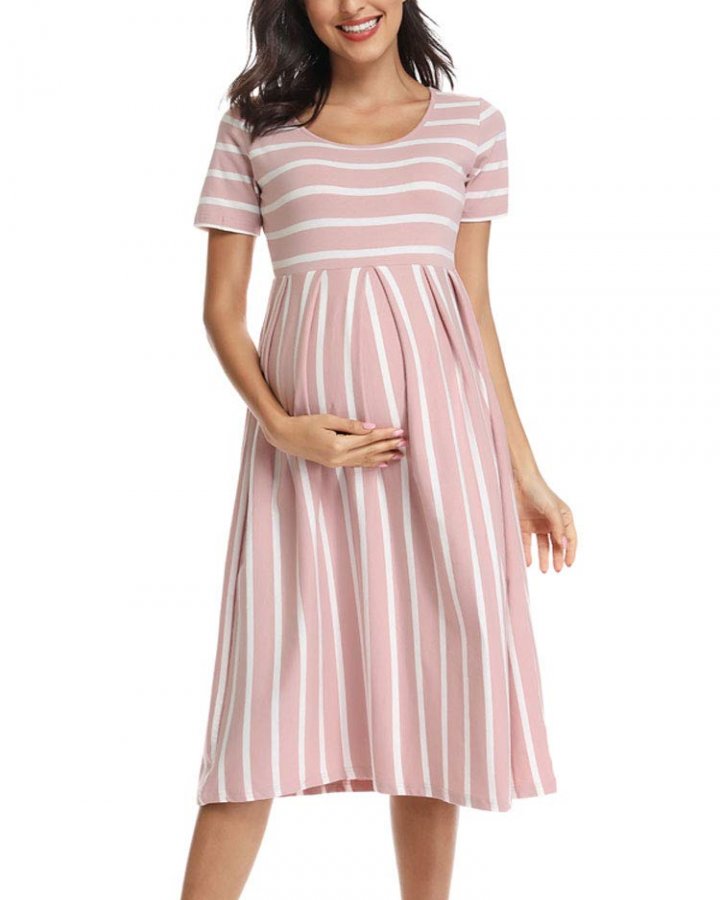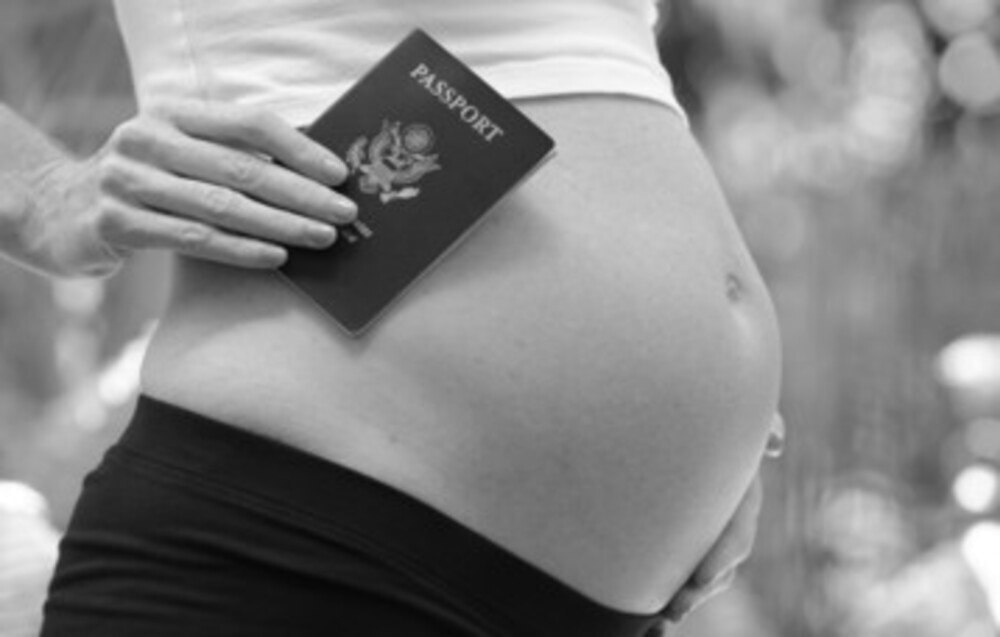When do I ovulate? Any woman who is trying to get pregnant (and some who are not) can be helped by knowing the answer to that question. It’s all related to the menstrual cycle, which does not often follow the regular 28 day pattern that is talked about in books.
Ovulation is the moment around the middle of the menstrual cycle when an egg is released from the ovaries, ready to be fertilized in the womb. If you have a regular-as-clockwork 28 day cycle, this will probably happen on day 14, two weeks after your last period started.
However, ovulation is timed in relation to the start of the next cycle, not the last one. It generally happens around 14 days before the start of your next period. So if your cycle is less than 28 days, you will ovulate before day 14. If it is more than 28 days, you will ovulate later. And if your cycle is not completely predictable, which is true for most women, it is very difficult to know exactly when you will ovulate because you do not know when your next period will start.
In addition to this, ovulation does not necessarily happen at exactly the same point in your cycle every time. This means that to arrive at an accurate answer to the question, “When do I ovulate?”, we will need to find other methods of figuring out when ovulation is happening.
Physical Signs Of Ovulation
Physical signs of ovulation include tender or swollen breasts and some discomfort or pain in the abdomen, like a little ‘taster’ of period pains. These are not very reliable indications of ovulation, however, because they can have many causes.
Another physical sign that is more useful is the change in texture of the cervical mucus. Before and around the time of ovulation there will be more mucus discharged from the vagina, and it becomes sticky, thick and stretchy, so you can stretch it a couple of inches between your fingers. This type of mucus helps the sperm to survive while they are waiting for an egg to be released from the ovaries.
If your mucus does not change in texture during your cycle, you should see a fertility specialist. It may mean that you will have trouble getting pregnant without assistance.
Temperature
Taking your temperature every morning can give you an indication of when you are ovulating. You will need to record it on a chart so that you can see the normal level and the difference when it changes. It increases by around 1 degree at ovulation (varying from 0.5 to 1.5 degrees).
Of course, if you have a fever or certain other conditions, your temperature will be affected. However, this method can give you a good idea of when you are ovulating, especially if you combine it with the mucus method. The only equipment required is a special ovulation thermometer which you can buy from any pharmacy.
Measuring The Hormone Levels
The third and probably most accurate way to know when you are going to ovulate is to use an ovulation predictor kit. These measure the levels of luteinizing hormone or LH in the urine. They are very simple to use, you just have to pee onto a stick at the same time each day. The LH level rises as ovulation approaches.
Ovulation predictors are great except that you have to keep buying the kits. They are not too expensive but remember that you might need them for several or even many cycles. Still, this is probably the most accurate way to know the answer to the question, “When do I ovulate?”



